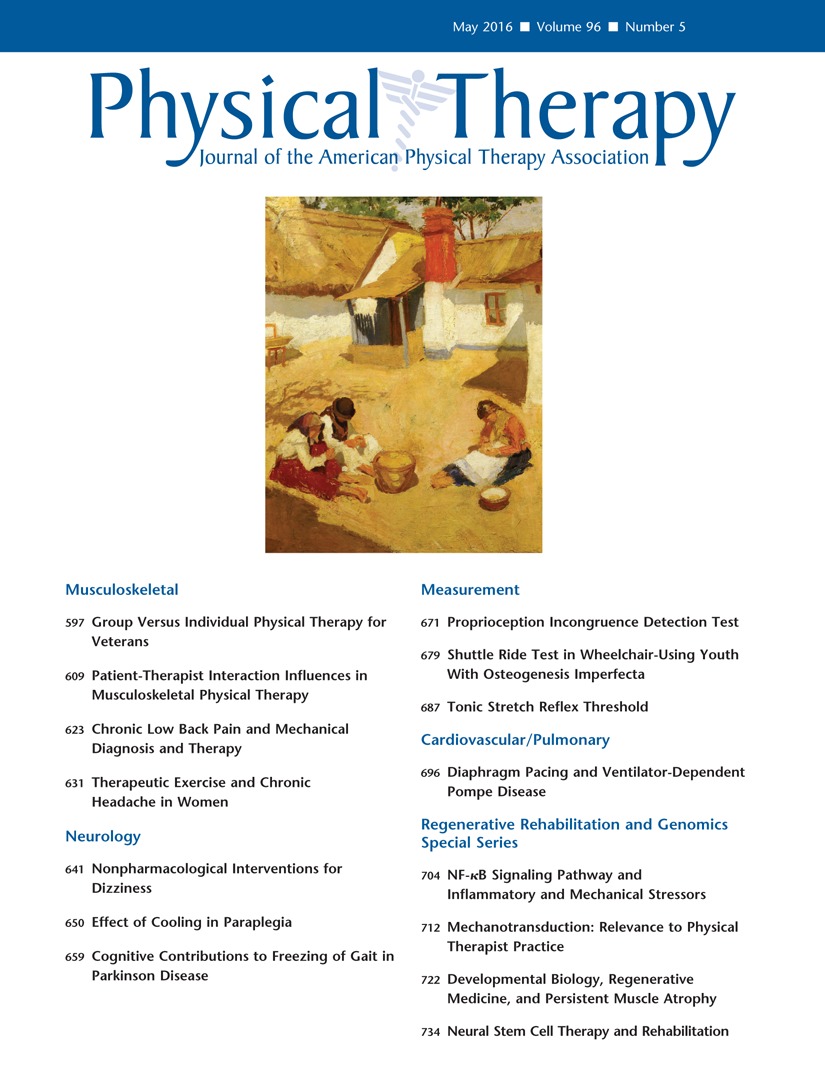Introduction
Imagine this scenario: An occupational therapist (OT) at a rehabilitation hospital receives the schedule for the day. From this list of names, the OT has 30 min to complete a chart review and make treatment plans. For clients with physical injuries, the treatment plan is clear. These patients will work with the OT to increase their limb flexibility, strength, and utility. The OT will provide adaptive equipment to compensate for the physical deficits that cannot be remediated. However, there is one client listed who has a traumatic brain injury (TBI). She needs cognitive rehabilitation so she can return home safely. The OT recognizes that rehabilitation should focus on improving the client’s attention, learning, and memory, but it is not always clear what approach is optimal. The client’s injury is internal and invisible. The OT wants to believe that the activities the client completes will lead to meaningful improvements to her brain function. But is there any certainty of this? Do improvements during acute therapy translate to real-life functionality? At what time point does an OT assume that remediatory approaches are futile, and compensatory interventions are best practice? What factors regarding patient management from other intervention stages must be considered to predict optimal cognitive outcomes? When should rehabilitation end? What literatures can be tapped to address unexpected issues?
This vignette depicts some of the challenges facing OTs involved in the cognitive rehabilitation of people with TBI. TBI is defined as brain damage that disrupts cognitive function in variable ways with diverse consequences (The Merck Manual of Diagnosis and Therapy, 2006). Nearly 1.7 million Americans sustain a TBI each year, prompting 275,000 hospitalizations (Faul, Xu, Wald, & Coronado, 2010). Acutely, TBI severity is assessed using the Glasgow Coma Scale (GCS; Teasdale & Jennett, 1974). GCS scores can be grouped according to TBI severity: mild (13+), moderate (8-12), or severe (<8; Decuypere & Klimo, 2012). GCS scores can be predictive of future cognitive dysfunction, which is associated with future disability (Skandsen et al., 2010). Perhaps, surprisingly, there is no “gold standard” for cognitive rehabilitation (Gordon, 2011) and, consequently, no systematic approach to cognitive remediation. Therapists, of course, use theoretical models to guide interventions, but empirical evidence can help expedite interventions and maximize gains. Without a systematic, evidence-based approach, a patient with TBI may receive varied cognitive interventions until one works, or worse, until reimbursed rehabilitation ends. Cognitive rehabilitation, by nature, results in gains, losses, and plateaus. It is estimated that at least 300 hr of appropriate therapy are needed to promote optimal outcomes. Therefore, it is essential that OT and other therapists use those hours effectively (Leon-Carrion, Dominguez-Morales, Barroso y Martin, & Leon-Dominguez, 2012). In this review, we sought to identify evidence-based cognitive rehabilitation interventions that exist within TBI literature.
Unfortunately, there is no single, uniform TBI literature to support the development of comprehensive best practices. Instead, physicians, nurses, neuropsychologists, therapists, researchers, and other professionals publish relevant findings in field-specific journals. This makes it challenging to stay current with the literature(s). This criticism was highlighted in a recent paper that described the heterogeneity of both TBI patients and TBI literature (Maas et al., 2013). The authors noted that clinical research is often derailed by non-standardized data collection and insufficient multidisciplinary collaboration. The purpose of this article is to summarize relevant findings across the TBI literatures for an OT readership. In short, this review is intended as an “update” for busy OTs conducting cognitive rehabilitation. Our secondary goal is to expand cross talk between related fields as TBI is inherently interdisciplinary and to encourage OTs to promote research that will supply much-needed empirical basis for refining evidence-based practices. We review issues that influence and improve cognitive recovery from the moment of the TBI itself. These topics include successful early medical interventions, assessment, and empirically based cognitive rehabilitation strategies.
There are systematic, broad review papers of evidence-based cognitive rehabilitation (see Carney et al., 1999; Cicerone et al., 2000; Cicerone et al., 2005; Rees, Marshall, Hartridge, Mackie, & Weiser, 2007). This review adds to these papers by focusing on the recent literature and explicitly targeting an audience of OTs. Using the search term TBI cognitive rehabilitation in humans in PubMed, we found 932 articles published between 2006 and 2014. We focus on cognitive rehabilitation for the non-veterans/athletes adult TBI population, and therefore excluded articles specific to other populations, and articles that did not explicitly describe effective cognitive treatment strategies.1 The remaining relevant articles were used to create this review. We also used additional search engines (e.g., Cochrane Library, PEDro, Google Scholar) to ensure that the cognitive rehabilitation section provided as close tocomprehensive coverage of recent empirical articles as possible.
Although grant funding and research programs target TBI in veterans and athletes, our goal was to highlight the consequences of TBI in adult non-veterans/athletes. Recently, falls have replaced motor vehicle accidents as the leading cause of TBI. In the United States, the older adult population is rapidly growing, and older adults are particularly vulnerable to TBI from falls (Wick, 2012). Therefore, it is essential that research also focus on rehabilitation for everyday individuals who sustain TBI. As stated above, our goal was to provide a targeted integration across multiple fields to support OTs engaged in cognitive rehabilitation. At the end of each segment is a brief statement recapitulating the direct relevance of the section to the occupational therapy interventions for TBI. In closing the review, we provide a breakdown of the empirical evidence by cognitive domain to promote our view that increased research is needed. Finally, as a textual note, to avoid excessive qualification (given the variability inherent in TBI), we acknowledge that there can always be exceptions to the general patterns of results described below.
Full Text (PDF)


